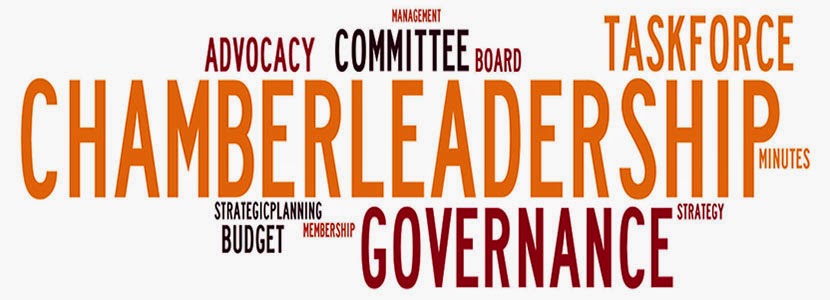I recently attended a great class on sponsorship tips led by Brad Lacy, IOM, CCE, President and CEO, Conway Area Chamber of Commerce.
The following comments below are from my notes during this great two hour session. He started with:
Trouble Signs of Sponsorship Programs
- Nobody's buying;
- We need your support (never use this line). You are not a charity; and
- Nobody's attending.
Successful Sponsorship Programs
- Events sold out;
- You exceeded your goals;
- Renewed sponsorships at a high number for same event last year;
- You're communicating the value; and
- You're customizing based on each sponsors needs.
He went on to talk about how your pitch to a potential sponsor should be focused on showing the value of the program or event. You must understand your target audience, and understand your product.
What documents are your sponsors/investors receiving, a follow-up collateral piece with their logo, pictures of event and list of speakers?
Show how they are supporting the community while getting branding recognition w/logo placement. Follow-up with a collateral piece to show your event and sponsor participation.
And that collateral can be used for recruiting new sponsors as well as showing the value to those sponsors who attended the event. Your collateral piece might include:
- Pictures;
- Content;
- Community connection; and
- Showcasing the leaders at the event.
It’s never about supporting an entity (i.e. chamber, YPG, etc.). It’s about showing value - access to XXX number of people that they could do business with in the future.
He went on to talk about creating an event/program that works for your sponsors (i.e. time wise)? Think about the small business member whose office opens at 10:00 a.m. Are you creating opportunities for them to sponsor an event on their off hours?
That's a great way to take any barriers away from participating as a sponsor at one of your events.
Good luck recruiting sponsors for your next event!

